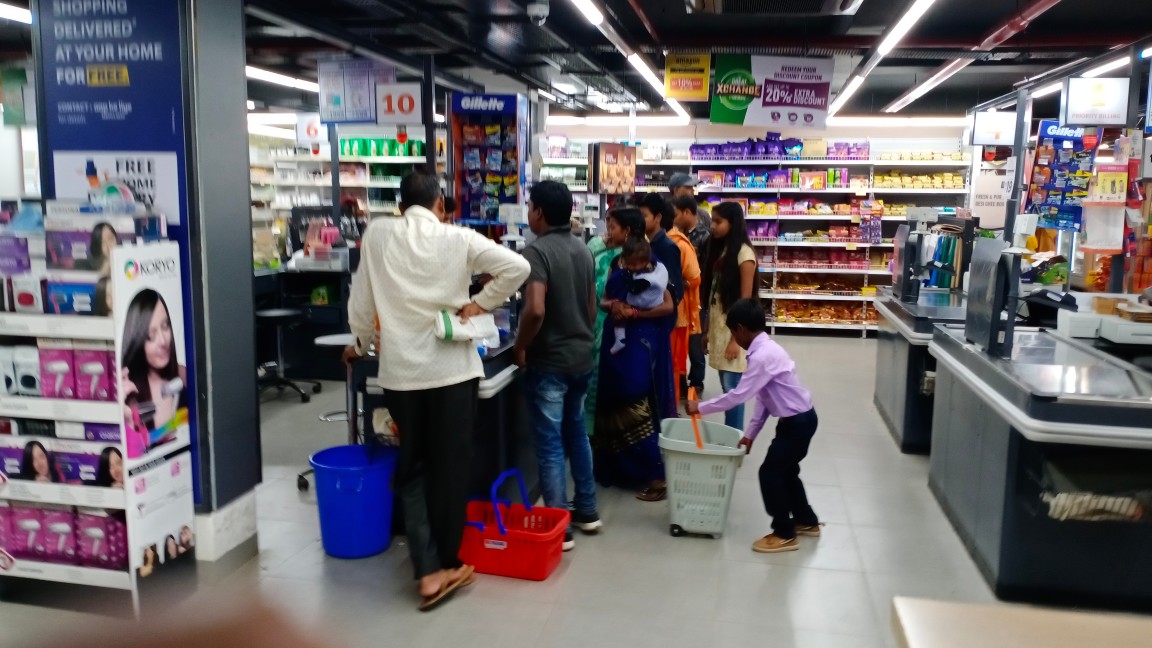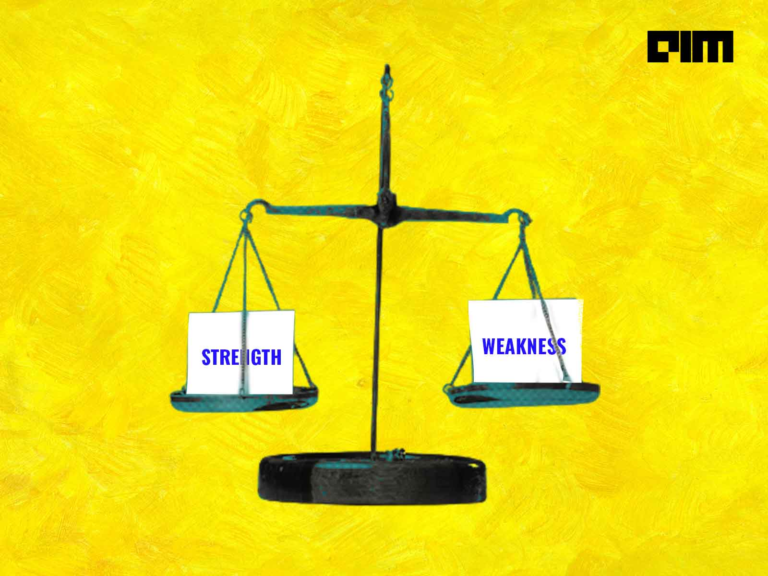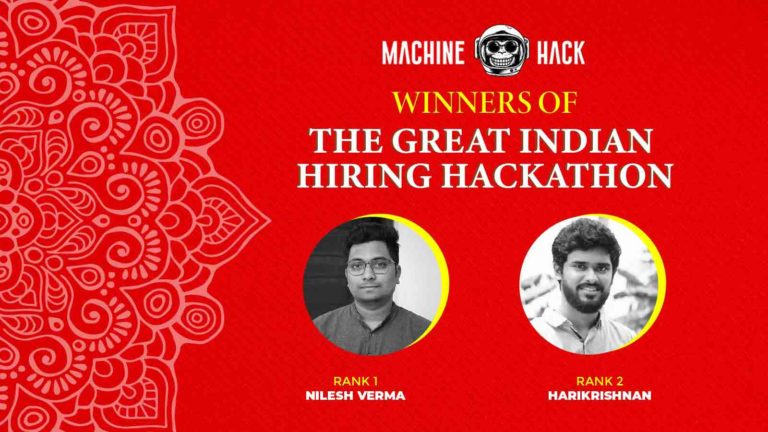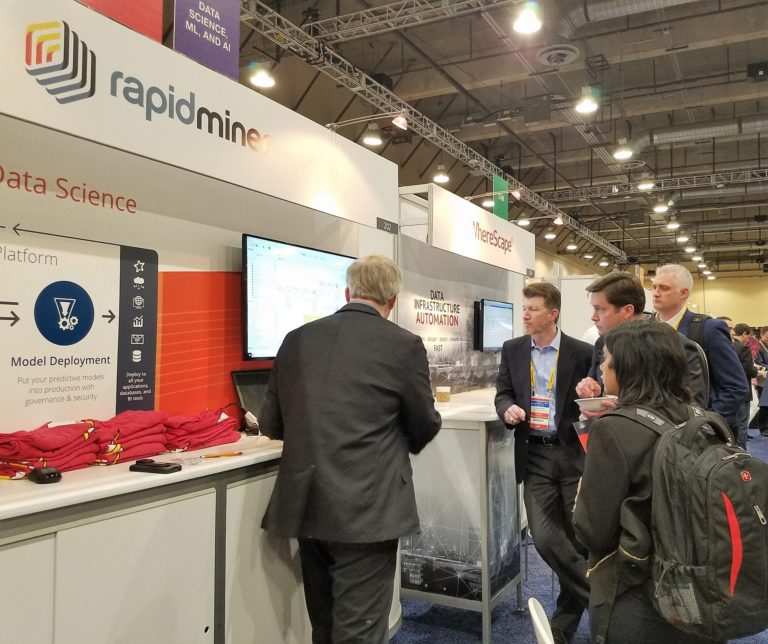What insights could be unearthed from a retail transaction data? This would be of interest to any retailer, marketer amongst others. Some of the questions that a retailer would be interested in would be — Who are our best customers? Which of our customers are likely to churn? Who has the potential to become a valuable customer? Which of our customers can be retained? Which of our customers are most likely to respond to engagement/push campaigns? Smart marketers understand the importance of “know thy customer.” Instead of simply focusing on generating more clicks, marketers must follow the paradigm shift from increased CTRs (Click-Through Rates) to retention, loyalty, and building customer relationships.
If a retailer or a marketer has a large amount of customer transaction data would it be wise to start push campaigns on the entire set of customers or would it be more appropriate to extract meaningful customer information first before launching a push campaign. Instead of analysing the entire customer base as a whole, it’s better to segment them into homogeneous groups, understand the traits of each group, and engage them with relevant campaigns rather than segmenting on just customer age or geography. One of the popular, easy-to-use, and effective segmentation methods to enable marketers to analyse customer behaviour is the RFM analysis.
RFM (Recency, Frequency, Monetary) analysis is a marketing technique used to determine quantitatively which customers are the best ones by examining how recently a customer has purchased (recency), how often they purchase (frequency), and how much the customer spends (monetary). It is an approach that can separate good customers from average customers and inactive ones based on transactional data. Each model is first optimized based on correlations in the data, including the selection of input variables. Scores could be assigned on a 5-point scale with 5 indicating the most desired behaviour from customers on any of the three dimensions – R, F, and M. RFM approach is likely to vary depending on the type of business.
In a consumer durables business, the monetary value per transaction is normally high but frequency and recency are low. For example, you can’t expect a customer to purchase a refrigerator or air conditioner on a monthly basis. In this case, a marketer could give more weight to monetary and recency aspects rather than the frequency aspect.

In a retail business selling fashion/cosmetics, a customer who searches and purchases products every month will have a higher recency and frequency score than the monetary score. Accordingly, the RFM score could be calculated by giving more weight to R and F scores than M.
For content apps like Hotstar or Netflix, a binge watcher will have a longer session length than a mainstream consumer watching at regular intervals. For bingers, engagement and frequency could be given more importance than recency, and for mainstreamers, recency and frequency can be given higher weights than engagement.
Clustering is another technique that could be used to develop customer segmentation. Clustering also arrives at homogenous groups of customers with each group exhibiting certain purchase behaviour. The question that arises is that should we cluster first and then use RFM or should we do RFM directly? Clustering by itself is without any direction since it is an unsupervised learning approach. It could be argued that doing an RFM approach first provides a direction to a subsequent clustering of customers.
We adopted such an approach to retail transaction data. RFM scores were generated for each customer id in the dataset based on each of the parameters – R, F and M. The dataset was then clustered using k-means clustering along with recency of purchase, frequency of purchase, and amount purchased.
The combined effect of these resulted in some interesting insights on the customers. We found that of the five clusters that were generated, one of the clusters had customers who were frequently purchasing however they seem to purchase in relatively smaller amounts. These customers keep the transactions rolling but may not help in scaling up of our business.
Another cluster had customers who had started purchasing recently and in large amounts. These customers should be monitored for future campaigns. A third type of cluster had customers who were buying in large amounts and frequently but had not purchased recently. It would pay to keep to these customers engaged with various offerings and campaigns. A fourth cluster had customers who were buying frequently but not in large amounts. These customers could also be part of push campaigns with offerings. The last cluster had customers who were buying in sizeable amounts but not very frequently. These could be customers who might be interested only in a part of our offerings and hence we could survey these to figure out what might be there total basket of interested goods. In this way, any transaction data could be explored to arrive at customer insights that would be part of any monetization strategy.



















































































